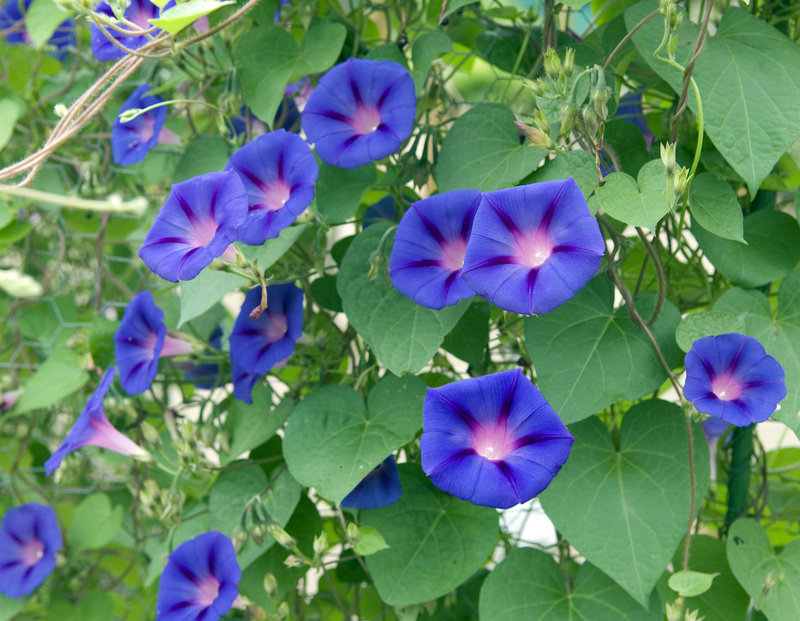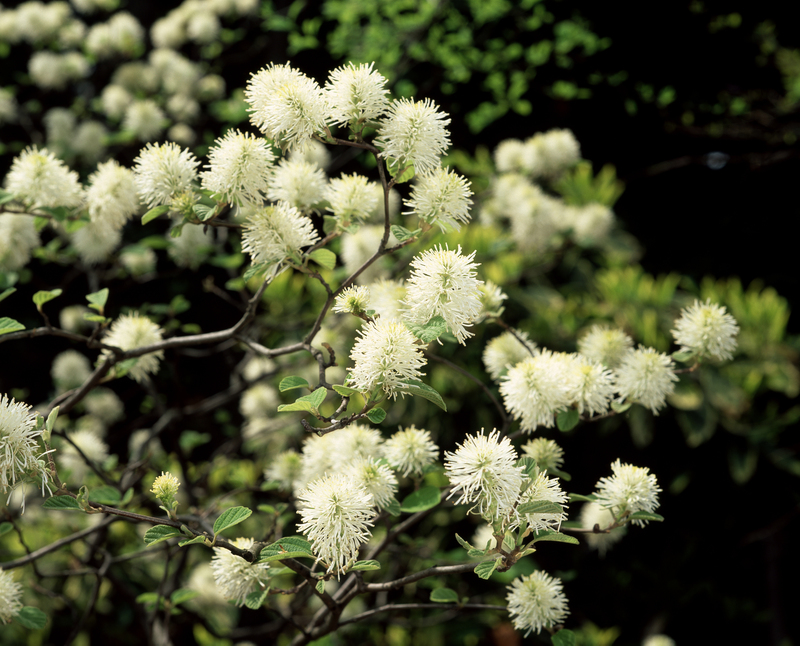Watering Wisdom: How to Keep Your Lawn Vibrant All Summer
Summer brings long, sunny days that can breathe new life into our gardens, but it also means battling against heat and drought keen to sap the green from our prized lawns. Luckily, with watering wisdom and smart summer lawn care, your turf can remain lush, resilient, and envy-inspiring all season long. Whether you have new sod or an established lawn, this guide covers the essentials, offering practical tips to help you keep your yard thriving even during the hottest months.
Why Proper Watering Is Essential for a Healthy Lawn
A beautiful, green lawn is the pride of any home, but maintaining its vibrancy during peak summer temperatures can be a challenge. Proper watering not only hydrates your grass but ensures its roots grow deep and strong, making your lawn more drought-resistant. However, overwatering or poor watering habits can do more harm than good, inviting diseases and pests or wasting precious resources.
- Deep watering encourages healthy root development.
- Correct timing maximizes absorption and reduces evaporation.
- Adjusting to weather conditions prevents both under- and over-watering.
With high summer temperatures, lawn hydration is about more than just frequency. A little knowledge goes a long way in optimizing your yard's health and appearance.

Understanding Your Lawn's Needs During Summer
Grass Types and Their Water Requirements
Before you begin, it's crucial to identify the type of grass you have, as different species respond differently to heat and water. Cool-season grasses, like Kentucky bluegrass and fescue, are more sensitive to drought, while warm-season varieties, such as Bermuda and Zoysia, handle the heat with grace.
- Cool-Season Grasses: Typically require 1-1.5 inches of water per week during summer. May go dormant during very hot, dry spells but recover when cooler, wetter weather returns.
- Warm-Season Grasses: Need less water (about 0.5-1 inch per week). Remain active and green even in hot weather if properly irrigated.
Pro Tip: Use a soil probe or screwdriver to check moisture and root depth. Roots should grow 6-8 inches deep. If they aren't, your watering schedule may need adjustment.
Soil Type Matters
Your soil is the foundation of vibrant summer lawns. Clay soils tend to hold water longer but drain poorly, whereas sandy soils dry out quickly but drain fast. Loam soils, rich in organic matter, offer the best balance.
- Clay: Water slowly; split sessions to prevent runoff.
- Sandy: Water more often, but for shorter durations.
- Loam: Ideal; retains moisture without becoming waterlogged.
The Science of Smart Summer Watering
How Often Should You Water Your Lawn?
The age-old question: How much and how often should you water your grass in the summer? The answer depends on several factors--but a deep, infrequent watering strategy almost always wins.
Rule of Thumb: Aim for one to two deep waterings per week, delivering about 1 inch of water total. Light, daily sprinklings encourage shallow roots and may do more harm than good.
When Is the Best Time to Water?
Timing matters! Water your lawn early in the morning--ideally between 4 a.m. and 9 a.m. Evaporation rates are lowest, and grass blades have time to dry before nightfall, reducing the risk of disease.
Avoid watering midday when the sun is intense and evaporation is high. Evening watering can leave grass damp overnight, inviting fungus and pests.
How to Measure Water Output
How do you know your lawn is receiving just the right amount of moisture? Try these simple tricks:
- Rain Gauge: Place a small, straight-sided container on the lawn during watering. When it collects 1 inch, you're done.
- Tuna Can Test: A standard tuna can is about 1 inch deep. If your sprinkler fills it in 20 minutes, you know your hourly rate and can adjust accordingly.
Best Practices for Watering Your Lawn in Summer
- Water more deeply, less frequently. Encourage roots to grow deeper, making your lawn drought-resistant.
- Check soil moisture. Don't rely solely on your schedule. Insert a screwdriver or probe--if it penetrates easily, the soil is still moist.
- Watch for signs of drought stress. Grass that needs water will lose its springiness--you'll leave footprints, and the color will turn bluish-gray.
Sprinkler System Tips
If you have a built-in sprinkler system, audit it for coverage and efficiency:
- Check for clogged or misaligned heads that may result in dry spots or wasted water on sidewalks and driveways.
- Update scheduling as the weather changes. Don't "set and forget"--adjust for rainfall and temperature.
- Install a smart irrigation controller to tailor run times to soil moisture, temperature, and rainfall forecasts, saving water and money.
Efficient Hand Watering Techniques
For smaller lawns, hand watering can be effective. Use a spray nozzle to deliver water directly to the soil, avoiding leaf wetting whenever possible.
- Water until soil is moist to a 6-inch depth.
- Move slowly and evenly for uniform coverage.
Additional Lawn Care Tips for a Vibrant Summer Lawn
Mulching and Mowing
Watering is only part of summer lawn care. Mulch clippings left on the lawn after mowing to help retain soil moisture and return nutrients.
Set your mower blade higher to leave grass about 3-4 inches tall. Taller grass provides shade for the soil, slows evaporation, and boosts root growth.
Fertilization and Aeration
- Fertilize lightly or use slow-release formulas if fertilizing in summer. Heavy feeding in the heat can stress grass and cause burn.
- Aerate compacted soil to improve water penetration and root growth. If your lawn sees heavy foot traffic, core aeration can make a significant difference.
Weed and Pest Management
Summer stress can make lawns susceptible to weeds and pests. Weeds compete for water, so keep your lawn thick and healthy to crowd them out. Spot-treat visible weeds and monitor for signs of insect damage, like browning patches or visible grubs.
Conserving Water While Keeping Lawns Healthy
Water conservation is crucial, especially during drought. Here are key strategies for eco-friendly summer lawn care:
- Water based on need, not by the clock. Skip scheduled watering when recent rainfall has provided adequate moisture.
- Choose drought-tolerant grass species or mix varieties for a more resilient lawn.
- Use compost and organic mulch to improve soil structure and retain moisture.
- Inspect irrigation for leaks to prevent waste--small leaks can add up to gallons lost each week.
*Convert high-maintenance grass areas to native plant beds or groundcovers to cut down on watering needs and increase biodiversity.
Recognizing Signs of Overwatering and Underwatering
Symptoms of Underwatering
- Wilting or folded grass blades.
- Footprints remain visible after walking on the lawn.
- Greyish or bluish color replacing vibrant green.
Symptoms of Overwatering
- Mushy soil or puddles after irrigation.
- Grass turns yellow or develops fungal growth.
- Increased weed and pest problems.
A healthy summer lawn requires you to strike a balance. Adjust your watering habits at the first sign of trouble to prevent long-term damage.

Frequently Asked Questions About Summer Lawn Watering
Should I Water My Lawn Every Day?
No. Daily watering encourages shallow roots, making your lawn less resilient. Water deeply 1-2 times a week, unless new sod or extreme heatwaves dictate otherwise.
What Is the Best Way to Water a Lawn?
Slow and deep watering is best. Use sprinklers, hoses, or irrigation systems that mimic rainfall patterns, allowing water to soak slowly into the soil and reach deep roots.
Can I Water During a Drought or Hosepipe Ban?
Always check local regulations. If restricted, prioritize high-value areas like new sod, and let established lawns go dormant--they'll typically recover once rains return.
How Do I Know If My Lawn Is Getting Enough Water?
Perform the screwdriver or rain gauge test. If moisture is present up to 6-8 inches and grass remains green and springy, your lawn is in good shape.
Conclusion: Key Takeaways for a Lush, Vibrant Summer Lawn
Maintaining a healthy, vibrant lawn through the challenges of summer heat is less about working harder and more about watering smarter. By understanding your grass species, optimizing watering schedules, and combining these efforts with practical lawn care strategies, anyone can achieve a lush, resilient yard regardless of the season.
- Water deeply and infrequently for the best root development.
- Sprinkle early in the day to reduce evaporation and disease risk.
- Pair irrigation with good mowing, mulching, and fertilizing habits.
- Watch for signs of stress--and adapt your routine accordingly.
- Conserve water and protect the environment wherever possible.
With a bit of watering wisdom, you'll enjoy a cool, green oasis all summer long--right in your own backyard!